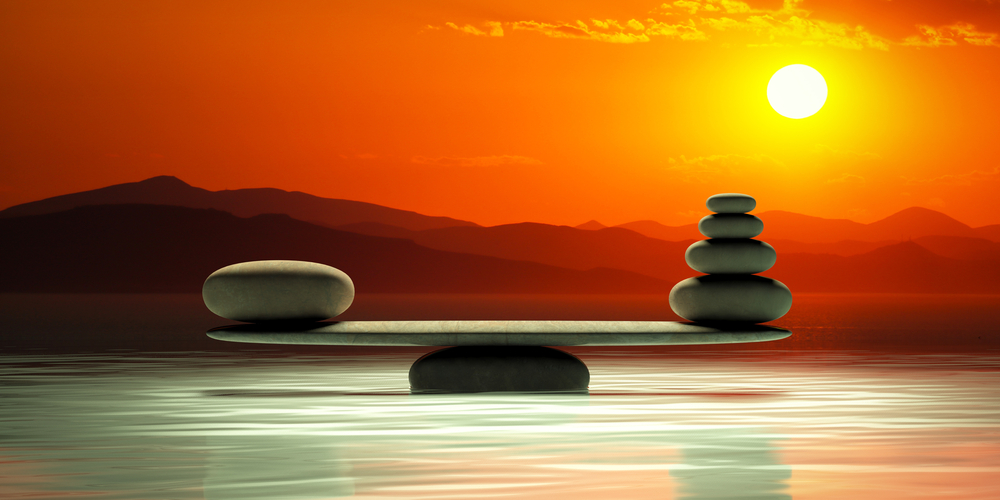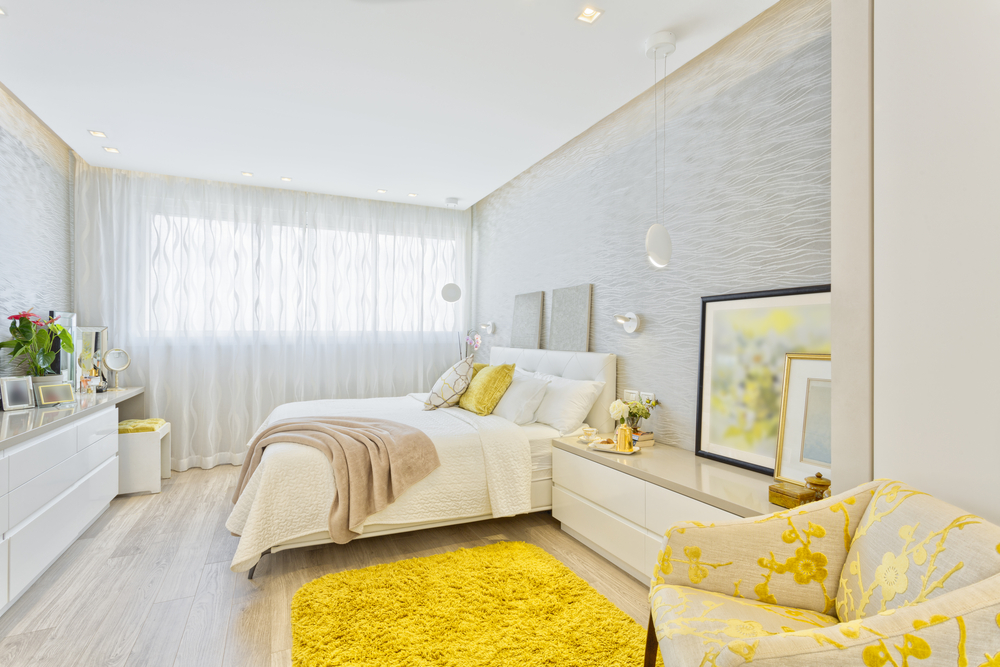
Feng shui, acupuncture, and other traditional Chinese practices contain concepts from Taoism. This centuries-old philosophy emphasizes flow, harmony, and balance. Everything in our universe contains a fundamental cosmic energy known as qi. Five elemental phases illustrate how nature works, but they also have energies that can interact and combat each other. Chinese philosophy explains how things work when these phases are balanced – and the resulting problems when they’re not.
Creative and Destructive Cycles
The five elemental phases occur in two primary cycles – creative and destructive. The former, known as “shēng,” illustrates how one element can aid in generating another. In this context, “creation” isn’t literal. Rather, it’s an endless cycle of transformation and revelation. Wood fuels fire to create earth, which holds the metal that collects water.
The second primary cycle, “kè,” is somewhat destructive. But “kè” best translates as “restrain” or “overcome.” In this cycle, each element mitigates another one’s effects. Water puts out fire, which can melt metal. With enough force applied, metal can cut wood. When a tree seed germinates, wood erupts from earth by pushing out of the soil. Earth can form solid barriers that block the flow of water.
Chéng: The Cycle of Overwhelming
Wandering Dao describes the nature of both the shēng and kè cycles. The parent-child metaphor best characterizes shēng. Why? Because every element nourishes another and helps it grow. Daoist philosophy sees kè as a grandparent-grandchild relationship. Why? Well, this cycle alternates elements. Instead of water interacting with wood, it interacts with fire. By skipping phases, water dampens fire instead of nourishing wood.
In feng shui and other traditional Chinese practices, applying the kè cycle results in balance. But you can have too much of a good thing, and that’s what happens in an overwhelming elemental cycle. This is called “chéng,” a Chinese verb meaning “to multiply” and written as Hanzi as “乘.”
Excessive restraint is the key feature of the chéng cycle. It progresses in the same way as the kè cycle, except its energies act with brutal force. Fire can vaporize metal at extremely high temperatures – for example, on exoplanets like KELT-9b. This distant gas giant boasts surface temperatures around 7,800 degrees Fahrenheit. Its atmosphere contains several heavy metal gases such as iron, titanium, and chromium. And while metal can cut down trees, this turns into deforestation when taken to extremes.
Insult With Injury: The Wǔ Cycle
Just as kè energies destroy when they exert too much force, they can also be weak with too little effort. When this happens, the second element pushes back against the first. Taoist philosophy calls this “wǔ.” It’s a Chinese verb that means “to insult” and written with the “侮” Hanzi character.
Wǔ energies move in the opposite direction of kè. Fire can evaporate water, which in turn floods or muddies earth. When there’s too much earth, it can bury wood. If a tree withstands a metal cutting implement, its wood can dull the blade. Metals with high thermal conductivity can transfer heat.
Some call wǔ the weakening or counteracting cycle. To understand why, let’s look at an example. A river bisects the land it flows through. That divided land becomes its left and right banks, which hold the river and direct its path. But should that river rise too high, it overflows its banks and floods surrounding communities. Thus, water counteracts earth’s restraints.
A Balanced Approach to Life
Ancient Chinese tradition speaks of elemental phases that operate in cycles of generation and overcoming. So when things fall out of balance, this can cause chaos. The wǔ and chéng elemental phase cycles show how that chaos plays out. Even if you’re not into Taoism, understanding and resolving these imbalances can help create a more harmonious life.




